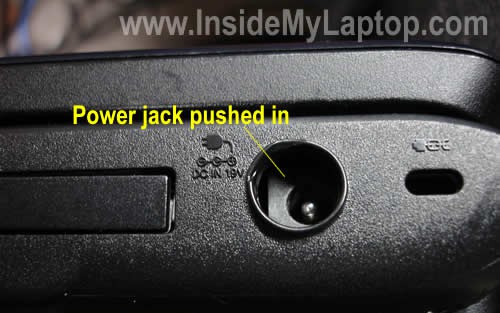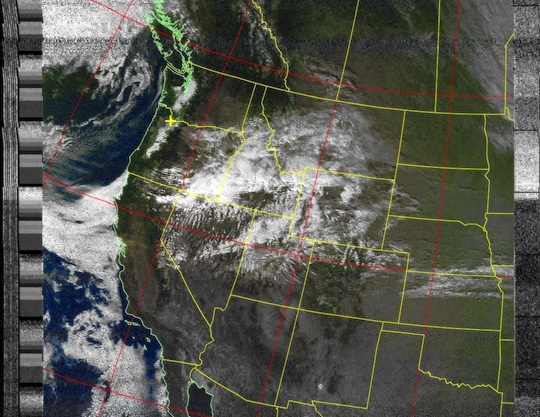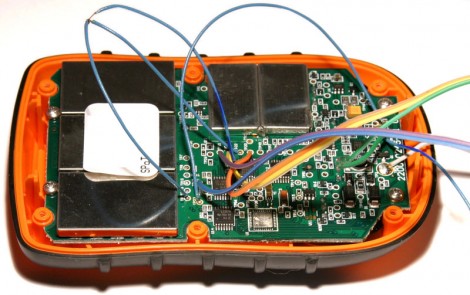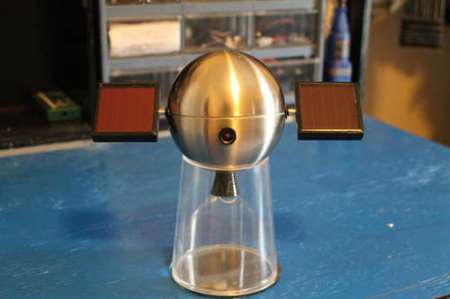It seems that there’s a whole range of Toshiba Satellite laptop computers that suffer from a power jack design that is prone to breaking. We see some good and some bad in this. The jack is not mounted to the circuit board, so if it gets jammed into the body like the one above it doesn’t hose the electronics. But what has happened here is the plastic brackets inside the case responsible for keeping the jack in place have failed. You won’t be able to plug in the power adapter unless you figure out a way to fix it.
We’d wager the hardest part of this repair is getting the case open. Once inside, just cut away all of the mangled support tabs to make room for the replacement jack. The one used here has a threaded cuff that makes it a snap to mount the new part to the case. Clip off the old jack and solder the wires (mind the polarity!) and you’re in business.
Anyone know why we don’t see more of the magnetic connectors (MagSafe) that the Apple laptops have? Is it a patent issue?
[Thanks Dan]















